
Range Rover Evoque Estate review
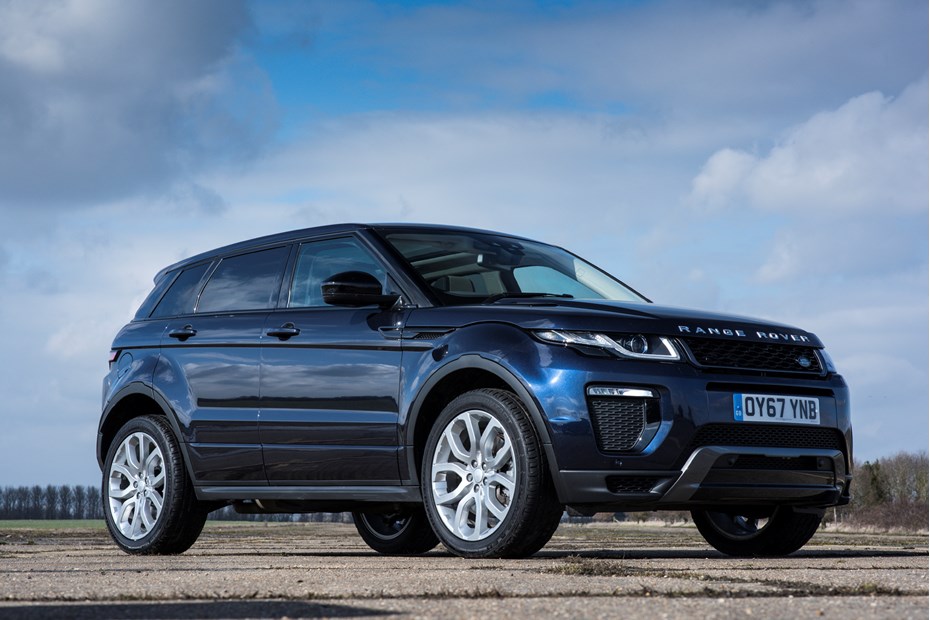
At a glance
| Price new | £29,075 - £54,800 |
|---|---|
| Used prices | £4,097 - £23,857 |
| Road tax cost | £35 - £600 |
| Insurance group | 28 - 43 |
Get an insurance quote with

|
|
| Fuel economy | Not tested to latest standards |
| Range | 493 - 702 miles |
| View full specs for a specific version | |
Available fuel types
Petrol
Diesel
Pros & cons
- Stylish and desirable image
- Interior is refined and classy
- Capable on- and off-road
- Media system is slow and laggy
- More costly to buy than rivals
- Average reliability, inconsistent dealer support
Land Rover Range Rover Evoque (11-19) rivals
Overview
The Range Rover Evoque Mk1 (or L538) was an instant success, quickly becoming the bestselling car in Land Rover’s range. Offering the aspirational class and traditional luxury trim of a full-size Range Rover, popularity in the showroom is nothing compared to the used car market’s demand for an affordable Evoque.
Over a decade has passed since the Evoque’s launch, yet it still looks stylish. That’s partly helped by the 2019 Range Rover Evoque that replaced it adhering to the same foundations, simply smoothed off to bring it into line with the more expensive Range Rover Velar.
Brand loyalists were not impressed, but the handy-sized Range Rover soon built up a strong following and many versions are impressively capable off-road. Sharing a platform that was heavily reworked from the Freelander 2, the Evoque is available as a three- or five-door hatch and a two-door cabriolet.
Range Rover Evoque Mk1 buying guide
Initially there was a choice of 2.0-litre petrol 4×4 and 2.2-litre diesel drivelines in either two- or four-wheel drive flavour. Build quality isn’t the best and early models can be troublesome if neglected. Used values remain strong. 2.2-litre diesel Evoques are not ULEZ compliant, even the 2014 facelift with nine-speed automatic.
Pay close attention to used Range Rover Evoque prices before buying and look for the sweet spot of depreciation and age. The cars lose a lot of value quickly, but take a lot longer to fall into bargain basement territory so you could spend the equivalent of ‘several wear and tear repairs’ up front and get a much newer example with better history and reduced chances of unexpected bills.
For something distinctive look for a Range Rover Evoque Coupe for sale – the three-door model was not included in the second generation line up, and is worth buying both to enjoy for its look and style, and as a potential future classic.
The 2.0-litre TD4 is the best option for most users – introduced in 2015, these have 180hp, the nine-speed automatic and more efficient GKN 4×4 system. Look for cars with the Active 4×4 option – you can find 2017-18 Evoque HSEs with it for less than £17,000, with good history and reasonable mileage.
Dynamic models have a more sporty, aggressive design of bumper and adaptive shock absorbers, and eD4 models are two wheel drive. Trim levels vary over time, but HSE is always a safe bet for getting the material and luxuries you would expect of a Range Rover. There’s little reason to go for the basic specifications when buying used. Depreciation has levelled the playing field, and the big gap between entry-level and top of the range is all but eradicated – though the rare 290hp Si4, 240hp SD4 and tasteful Autobiography models can command high prices, they may be slow to sell.
If you need more space, the Land Rover Discovery Sport offers many of the Evoque’s benefits in a package designed to offer seven seat capability, and only the first six months of sales are Euro 5. If you’re shopping at the cheaper end of the market don’t overlook the best used Land Rover Freelander 2 – ratty Evoque money should secure a nice, last-of-the line Freelander 2 with the better 4×4 system and improved quality.
Which Range Rover Evoque should I avoid
Since this is a Range Rover, the natural instinct is to say ‘avoid the two-wheel drive ones’ just on the basis of them being ‘not a proper Range Rover’. As it happens, you should avoid the Range Rover eD4 because it’s also the least reliable – particularly with the manual gearbox, where our owners’ reviews reveal short-lived clutches and flywheels on top of the early 2.0-litre diesel’s emissions system issues and the lack of ULEZ compliance for the 2.2-litre.
In this case the cheapest – in theory – Evoque could easily end up costing you the most.
Range Rover Evoque Mk1 known faults and common problems
There are two distinct generations of Range Rover Evoque Mk1, with Ford technology underpinning the first half of production, and a move to in-house solutions such as the Ingenium engine range during the final four years. Although the new technology is better in many ways, it’s not always trouble-free. We recommend buying a used Range Rover Evoque on condition and service history first, particularly if buying privately or from a smaller independent dealer.
1. Range Rover Evoque wheels and tyres
Correct brand and rating tyres are not cheap, and early Evoques with Haldex 4×4 are not very tolerant of mismatched tyre sizes. The GKN Active AWD can disengage the front wheels from the rest of the 4×4 system entirely (unlike previous systems that disengage the rear wheels at the rear axle, leaving the transfer case and propshaft driven) when there is sufficient grip, so it is likely to be more forgiving of different tread wear – though too much of a difference may confuse the sensors.
Check for tread depth thoroughly and avoid cars with poor-quality rubber. Also, less trustworthy sellers often try to hide rim scuffs with a black felt tip or model paint to avoid expensive refurb costs. Evoques that have been driven off-road may have sidewall damage so feel for bulges on the inside edge of the tyre too.
2. Electronics and gadgets
Check every button, switch or knob for form and function including the connected services on later models (they do need a working SIM with data contract to work). The Evoque’s sophisticated electronics can play up at any age, from simple failures such as bad central locking units, to serious electrical issues.
Accept no excuses for anything not working at the touch of a button – unless you’re buying at the very bottom of the market and are prepared to accept the faults. Diagnosing faulty electrics is time consuming and the further away you are from main dealer labour rates and knowledge, the more collateral damage is likely in terms of trim and possible bodges.
You’ll find life with a used Evoque much easier if you get a high-end diagnostic tool and join a reputable owner’s club or forum.
3. Beware the dodgy dealer specials
Demand has cooled down a little, but the appeal of the Evoque and strong trade values mean every backstreet dealer and driveway trader is looking for a bargain to resell, and the best way they can do that is taking on the rough auction cars that reputable dealers don’t want to stake their reputation on.
Check out any cheap Evoque very carefully, and don’t be fooled by traders masquerading as private sellers. Get a vehicle history check, inspect all panel gaps and underneath the vehicle, check all the paperwork and service records and ultimately, no matter how tempting a deal it is, if something smells wrong walk away. A bad Range Rover Evoque could cost you thousands in repairs.
4. Look for off-roading damage
The Evoque isn’t a true off-road car like the Land Rover Defender, unfortunately some drivers think otherwise. Inspect the sills, floorpan, exhaust and wheel arches for signs of damage or compacted mud and grit. Look and smell closely for fuel leaks too.
It’s worth noting that the Range Rover Evoque is also the least-capable Range Rover for towing, with an upper limit of 2,000kg. For traditional Land Rover customers this could be overlooked, so we’d be very cautious about buying an Evoque with an aftermarket towing kit that looks well-used. Factory accessories come with plenty of documentation to make the limits clear.
If you want a cheap Range Rover for towing, a used Range Rover Sport TDV8 is a good choice – but buy with care.
5. Automatic gearbox checks
Earlier six-speed auto gearboxes had fidgety change actions which to a degree was characteristic of the type. Later nine-speed units are much better but check for the sport mode and paddle shifts working properly.
There have been software and/or ECU problems causing all sorts of driveline gremlins that only fully equipped garages can put right – buying an approved-used Evoque should ensure any applicable software updates have been performed.
6. Evoque manual – dual mass flywheel and clutch issues
The eD4 manual cars can suffer from worn out ring gear that manifests itself as an unbalanced flywheel. Caused by the stop-start system over time, rest your foot lightly on the clutch when in neutral. If it pulses on idle the dual mass is expired, if it vibrates when you rev the engine then it’s more likely to be an imbalance of the flywheel caused by damaged ring gear.
While diagnosing the issue can narrow it down for peace of mind, either way it’s a substantial bill to fix it on cars that are out of warranty.
7. DPF faults (diesel models)
If the DPF warning light or error message (including AdBlue level warning on later models) is on, don’t be fobbed off with excuses. On early cars with the 2.2-litre diesel a replacement DPF (diesel particulate filter) is not unreasonably expensive, and it is expected to need replacement after 100-150,000 miles.
The 2.0 Ingenium diesel engines were prone to having diesel particulate filter (DPF) problems early on in the vehicle’s life. Land Rover has pretty much cured this problem, but for peace of mind we’d only buy one of these with a good used car warranty.
These engines are also prone to oil dilution and in some cases, premature failure of the timing chain. Rattles on cold start mean you should walk away, and look at the next car on your list.
8. Fuel smells – petrol and diesel
Diesel Evoques should be checked for fuel leaks under the bonnet regardless of engine, but you will want to sniff the oil on the dipstick as well. If there’s more than the merest hint of diesel smell double-check the oil level. It could be much higher than the ‘max’ level, indicating excess diesel in the oil.
The Evoque has been subject to several recalls since launch. 2018 Ingenium petrol versions may be affected by poor quality control on the fuel rail. If this recall (R/2018/036) hasn’t been carried out, it can potentially lead to vapour or liquid fuel leaks under the bonnet.
Contact your dealer to check this and the other recalls have been correctly dealt with. When you check the MOT status online, a banner will also alert you to outstanding recalls applicable to that vehicle.
9. Evoque braking issues
Front brake squeal is a problem that affects used Evoques – especially in cold weather, Mintex pads seem to cure this according to a reputable contact. A spongy pedal may be the result of an incorrect handbrake setting procedure when replacing the rear pads.
Issues with the ABS system can affect many systems. Sensors are inexpensive, but the problem may be the reluctor rings (tone wheels) on the driveshaft at the hub. While a fault in any of the stability control, hill descent or active 4×4 systems should show a warning light or message, unexpected behaviour could be down to poor wiring or inaccurate wheel speed data from faulty sensors.
10. Evoque exhaust rattles
Once warmed up, listen out for a metallic chatter or rattle from the front end of the exhaust system. This may point towards a detached turbo heat shield or fractured hanger on the pipe itself.
What’s a Range Rover Evoque (L358) like to live with?
Overall, it’s a very satisfying car to drive and own, and as we have found, the Evoque has been continuously developed throughout its life to remain on the pace of its younger rivals.
Over the next few pages, we’ll be thoroughly reviewing all aspects of the Range Rover Evoque (L538) and rating them in our verdict. Along the way, we’ll consider the car’s driving experience, the quality and comfort of its interior, the level of practicality available and – most importantly, whether we recommend buying one used.



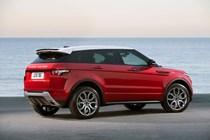

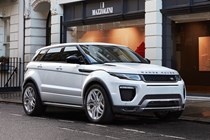
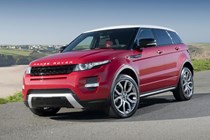
.jpg)
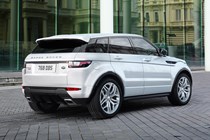
.jpg)
.jpg)
.jpg)
.jpg)
.jpg)
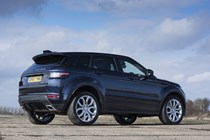
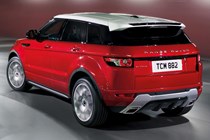
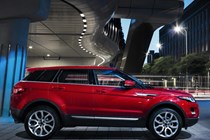
.jpg)
.jpg)
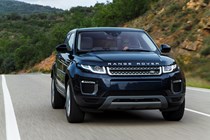
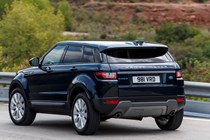
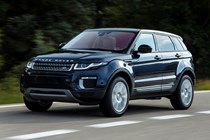
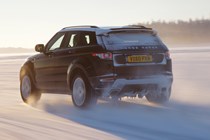
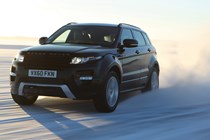
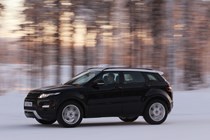
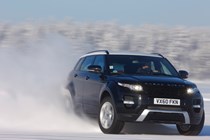
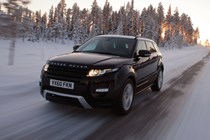
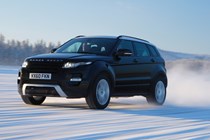
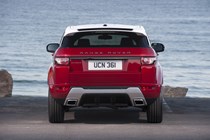
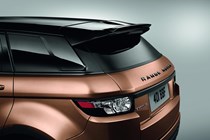
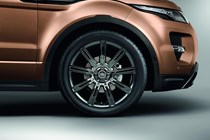

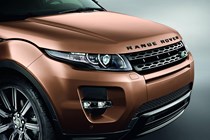
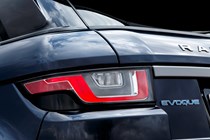
.jpg)
.jpg)
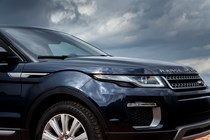
.jpg)
.jpg)
.jpg)
.jpg)
.jpg)
.jpg)
.jpg)
.jpg)
.jpg)
.jpg)
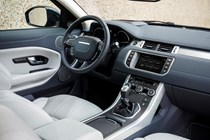
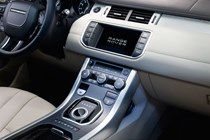
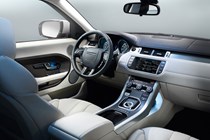
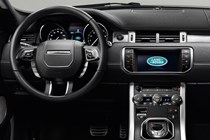
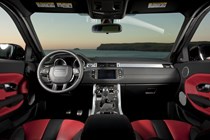

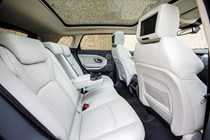

.jpg)
.jpg)
.jpg)
.jpg)
.jpg)
.jpg)
.jpg)
.jpg)
.jpg)
.jpg)
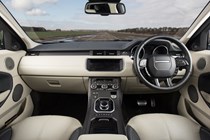
.jpg)
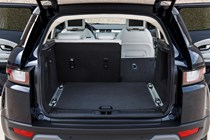
.jpg)
.jpg)
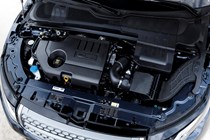
.jpg)
.jpg)
.jpg)
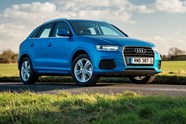
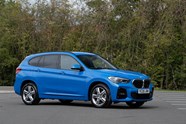
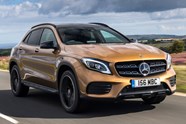







.jpg?quality=50)

.jpg?quality=50)
.jpg?quality=50)
.jpg?quality=50)
.jpg?quality=50)
.jpg?quality=50)



.jpg?quality=50)
.jpg?quality=50)















.jpg?quality=50)
.jpg?quality=50)

.jpg?quality=50)
.jpg?quality=50)
.jpg?quality=50)
.jpg?quality=50)
.jpg?quality=50)
.jpg?quality=50)
.jpg?quality=50)
.jpg?quality=50)
.jpg?quality=50)
.jpg?quality=50)








.jpg?quality=50)
.jpg?quality=50)
.jpg?quality=50)
.jpg?quality=50)
.jpg?quality=50)
.jpg?quality=50)
.jpg?quality=50)
.jpg?quality=50)
.jpg?quality=50)
.jpg?quality=50)

.jpg?quality=50)

.jpg?quality=50)
.jpg?quality=50)

.jpg?quality=50)
.jpg?quality=50)
.jpg?quality=50)